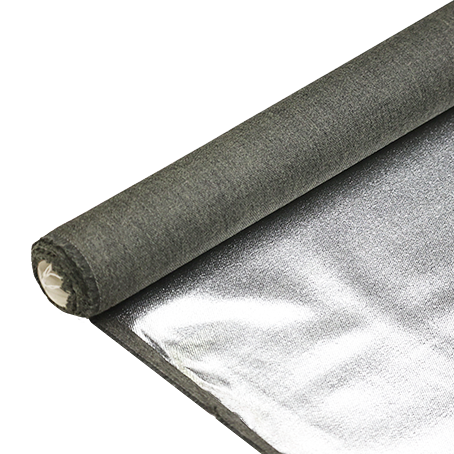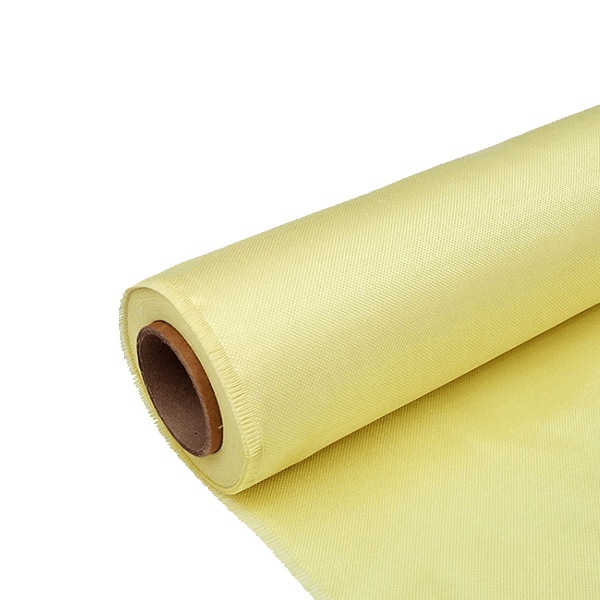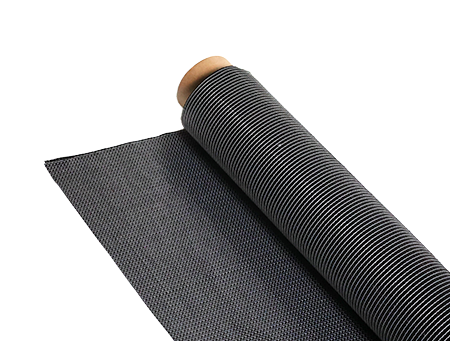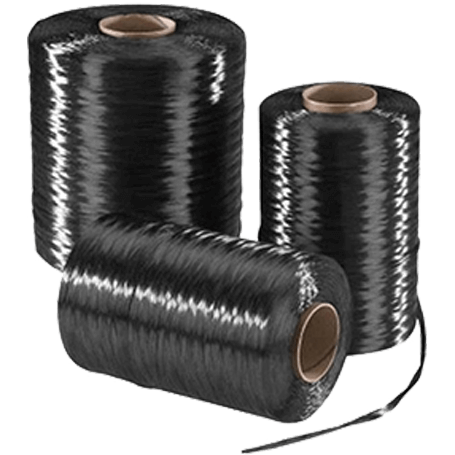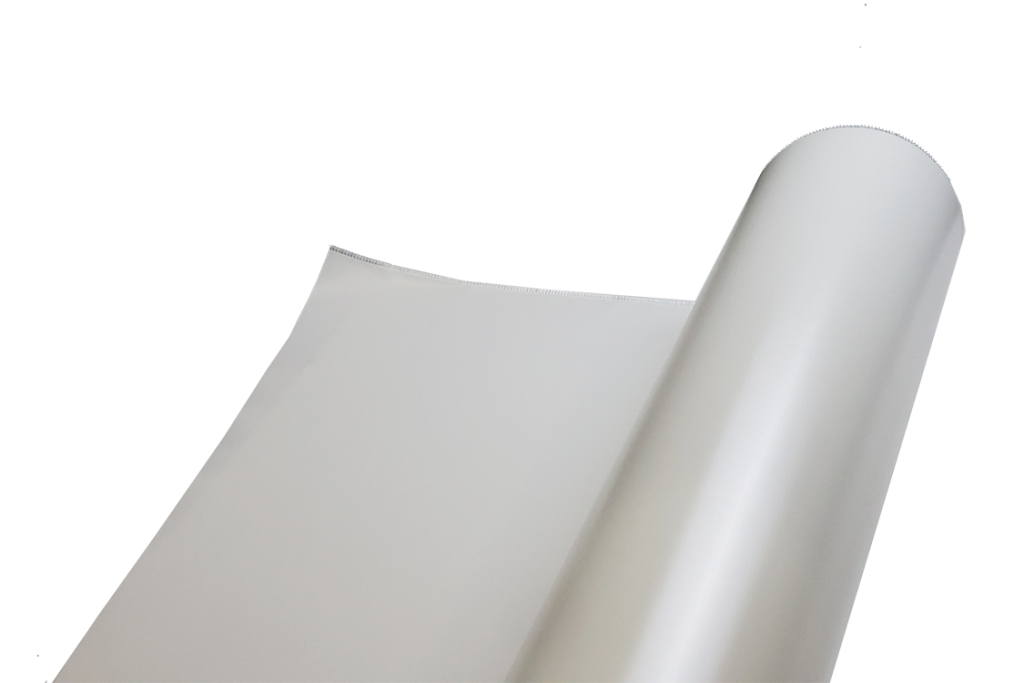How to Bond Aramid Carbon Fiber with Epoxy Resins?
-
Table of Contents
“Strength Meets Precision: Mastering the Bond of Aramid Carbon Fiber with Epoxy Resins.”
Introduction
Bonding aramid carbon fiber with epoxy resins requires careful preparation and execution to ensure a strong and durable connection. Aramid fibers, known for their high strength and resistance to heat, combined with carbon fibers, which offer excellent stiffness and lightweight properties, create a composite material with exceptional performance characteristics. To achieve a successful bond, it is essential to select the appropriate epoxy resin that is compatible with both fiber types, prepare the surfaces by cleaning and roughening them to enhance adhesion, and follow proper mixing and application techniques. This introduction outlines the key steps and considerations for effectively bonding aramid carbon fiber with epoxy resins, ensuring optimal results in various applications.
Surface Preparation Techniques for Aramid Carbon Fiber Bonding
When it comes to bonding aramid carbon fiber with epoxy resins, the importance of surface preparation cannot be overstated. Proper surface preparation is crucial for achieving a strong and durable bond, as it directly influences the adhesion properties of the epoxy resin to the fiber surface. To begin with, the first step in surface preparation involves cleaning the aramid carbon fiber. This process typically entails removing any contaminants such as dust, oils, or residues that may have accumulated on the surface. A clean surface is essential, as even the slightest impurity can compromise the bond strength. Common cleaning agents include isopropyl alcohol or acetone, which effectively dissolve oils and other contaminants without damaging the fiber.
Once the surface is cleaned, the next step is to mechanically prepare the aramid carbon fiber. This can be achieved through various methods, including sanding or abrasion. Sanding the surface creates micro-roughness, which increases the surface area available for bonding and enhances mechanical interlocking between the epoxy resin and the fiber. It is important to use fine-grit sandpaper to avoid damaging the fibers while still achieving sufficient roughness. After sanding, it is advisable to clean the surface again to remove any dust generated during the abrasion process. This ensures that the surface remains free of contaminants that could hinder adhesion.
In addition to cleaning and sanding, another effective technique for enhancing bond strength is the use of a primer specifically designed for aramid carbon fiber. Primers can improve the wettability of the surface, allowing the epoxy resin to spread more evenly and penetrate the micro-roughened areas created during sanding. Applying a primer can also help to chemically bond with the fiber, further enhancing the overall adhesion. It is essential to follow the manufacturer’s instructions regarding the application of the primer, including curing times and conditions, to ensure optimal results.
Furthermore, environmental conditions play a significant role in the bonding process. Temperature and humidity can affect the curing of epoxy resins, and it is crucial to perform bonding operations in a controlled environment. Ideally, the temperature should be maintained within the range specified by the epoxy manufacturer, as extreme temperatures can lead to improper curing and reduced bond strength. Similarly, high humidity levels can introduce moisture into the bonding area, which can interfere with the curing process and weaken the bond.
After preparing the surface and ensuring optimal environmental conditions, the application of the epoxy resin can commence. It is vital to mix the resin and hardener according to the manufacturer’s specifications, as improper mixing ratios can lead to incomplete curing and compromised bond integrity. Once mixed, the epoxy should be applied promptly to the prepared surface, ensuring even coverage and adequate penetration into the micro-roughened areas.
In conclusion, effective surface preparation techniques are fundamental to achieving a strong bond between aramid carbon fiber and epoxy resins. By meticulously cleaning, sanding, and potentially priming the surface, one can significantly enhance the adhesion properties of the epoxy. Additionally, maintaining appropriate environmental conditions during the bonding process further ensures the integrity and durability of the bond. By following these guidelines, one can achieve optimal results in bonding aramid carbon fiber with epoxy resins, leading to enhanced performance in various applications.
Choosing the Right Epoxy Resin for Aramid Carbon Fiber

When it comes to bonding aramid carbon fiber with epoxy resins, selecting the appropriate epoxy is crucial for achieving optimal performance and durability. The unique properties of aramid carbon fiber, known for its high strength-to-weight ratio and excellent resistance to heat and chemicals, necessitate a careful consideration of the resin’s characteristics. To begin with, it is essential to understand the specific requirements of the application, as different projects may demand varying levels of flexibility, strength, and environmental resistance.
One of the primary factors to consider when choosing an epoxy resin is its adhesion properties. Since aramid carbon fiber has a smooth surface, it can be challenging for some adhesives to form a strong bond. Therefore, selecting an epoxy resin that is specifically formulated for bonding to low-energy surfaces is vital. These specialized resins often contain additives that enhance their ability to adhere to challenging substrates, ensuring a robust bond that can withstand mechanical stresses.
In addition to adhesion, the viscosity of the epoxy resin plays a significant role in the bonding process. A resin with a lower viscosity can penetrate the fibers of the aramid carbon material more effectively, allowing for better wetting and, consequently, a stronger bond. Conversely, a high-viscosity resin may not adequately saturate the fibers, leading to weak points in the bond. Therefore, it is advisable to choose a resin that strikes a balance between workability and performance, ensuring that it can be applied easily while still providing the necessary strength.
Moreover, the curing time of the epoxy resin is another critical consideration. Some applications may require a quick cure to facilitate rapid production cycles, while others may benefit from a longer working time that allows for adjustments during the bonding process. It is essential to evaluate the specific needs of the project and select a resin that aligns with those requirements. Additionally, the temperature at which the epoxy cures can affect the final properties of the bond. Resins that cure at room temperature may be suitable for many applications, but in environments where elevated temperatures are expected, high-temperature curing resins should be considered to ensure the integrity of the bond.
Furthermore, the chemical resistance of the epoxy resin is paramount, especially in applications exposed to harsh environments. Selecting a resin that can withstand exposure to solvents, oils, and other chemicals will enhance the longevity of the bond and the overall performance of the composite material. It is advisable to consult technical data sheets and manufacturer recommendations to ensure that the chosen epoxy resin meets the necessary chemical resistance criteria.
Lastly, it is important to consider the compatibility of the epoxy resin with any additional materials that may be used in conjunction with the aramid carbon fiber. For instance, if fillers or reinforcements are to be added, ensuring that the epoxy can effectively bond with these materials is essential for maintaining the integrity of the composite structure. By taking into account these various factors—adhesion properties, viscosity, curing time, chemical resistance, and compatibility—one can make an informed decision when selecting the right epoxy resin for bonding aramid carbon fiber. Ultimately, the right choice will not only enhance the performance of the composite but also contribute to the success of the overall project.
Step-by-Step Guide to Bonding Aramid Carbon Fiber with Epoxy Resins
Bonding aramid carbon fiber with epoxy resins is a process that requires careful attention to detail and a thorough understanding of the materials involved. To achieve a strong and durable bond, it is essential to follow a systematic approach. The first step in this process is to prepare the surfaces that will be bonded. This involves cleaning the aramid carbon fiber and the epoxy resin surfaces to remove any contaminants such as dust, grease, or oils. A clean surface is crucial, as any foreign material can compromise the integrity of the bond. Using isopropyl alcohol or a similar solvent can effectively remove these contaminants, ensuring that the surfaces are ready for bonding.
Once the surfaces are clean, the next step is to roughen them to enhance adhesion. This can be accomplished by lightly sanding the surfaces with fine-grit sandpaper. By creating a textured surface, the mechanical interlocking between the aramid carbon fiber and the epoxy resin is improved, leading to a stronger bond. After sanding, it is important to remove any dust generated during this process, which can be done using a clean cloth or compressed air. This step is vital, as any residual dust can interfere with the bonding process.
Following surface preparation, the next phase involves mixing the epoxy resin. It is essential to follow the manufacturer’s instructions regarding the mixing ratio of the resin and hardener, as this can significantly affect the curing process and the final bond strength. Typically, epoxy resins require a precise ratio, and using a digital scale can help ensure accuracy. Once the components are mixed, it is advisable to use the epoxy within the specified pot life, as the mixture will begin to cure and become unworkable after a certain period.
After preparing the epoxy, the application process begins. Using a brush or a spatula, apply a uniform layer of the mixed epoxy resin onto one of the prepared surfaces. It is crucial to ensure that the epoxy is evenly distributed to avoid weak spots in the bond. Subsequently, carefully align the aramid carbon fiber with the epoxy-coated surface. It is important to apply gentle pressure to ensure proper contact between the two materials, which will facilitate the bonding process.
Once the components are aligned and pressed together, it is essential to clamp them securely. Clamping not only holds the materials in place but also helps to distribute the pressure evenly across the bond area. This step is critical, as it prevents any movement that could weaken the bond during the curing process. Depending on the specific epoxy resin used, the curing time can vary, so it is advisable to refer to the manufacturer’s guidelines. During this time, it is important to maintain a stable environment, free from vibrations or disturbances that could affect the bond.
After the epoxy has fully cured, the final step is to inspect the bond for any imperfections. A thorough examination will help identify any areas that may require additional attention or reinforcement. If necessary, additional layers of epoxy can be applied to enhance the bond strength further. By following these steps meticulously, one can achieve a robust bond between aramid carbon fiber and epoxy resins, ensuring the durability and performance of the final product. This methodical approach not only maximizes the effectiveness of the bonding process but also contributes to the overall success of projects involving these advanced materials.
Q&A
1. **Question:** What surface preparation is necessary for bonding aramid carbon fiber with epoxy resins?
**Answer:** The surfaces should be cleaned thoroughly to remove any contaminants, then lightly sanded to create a rough texture for better adhesion, and finally wiped with a solvent like isopropyl alcohol to ensure they are free of dust and oils.
2. **Question:** What type of epoxy resin is best for bonding aramid carbon fiber?
**Answer:** A high-performance epoxy resin specifically formulated for composite materials is ideal, as it provides strong adhesion, flexibility, and resistance to environmental factors.
3. **Question:** How should the epoxy resin be applied for optimal bonding?
**Answer:** The epoxy resin should be mixed according to the manufacturer’s instructions and applied evenly to both surfaces using a brush or spatula, ensuring complete coverage before pressing the surfaces together and allowing it to cure as per the recommended time and conditions.

